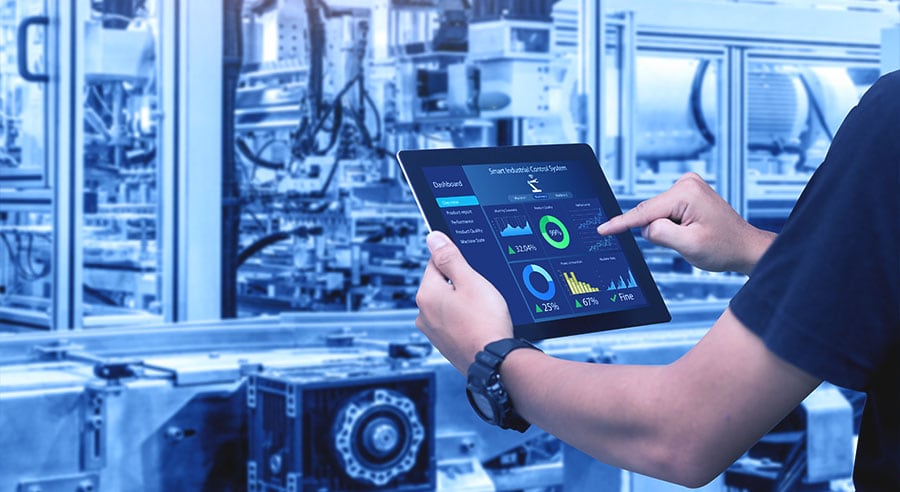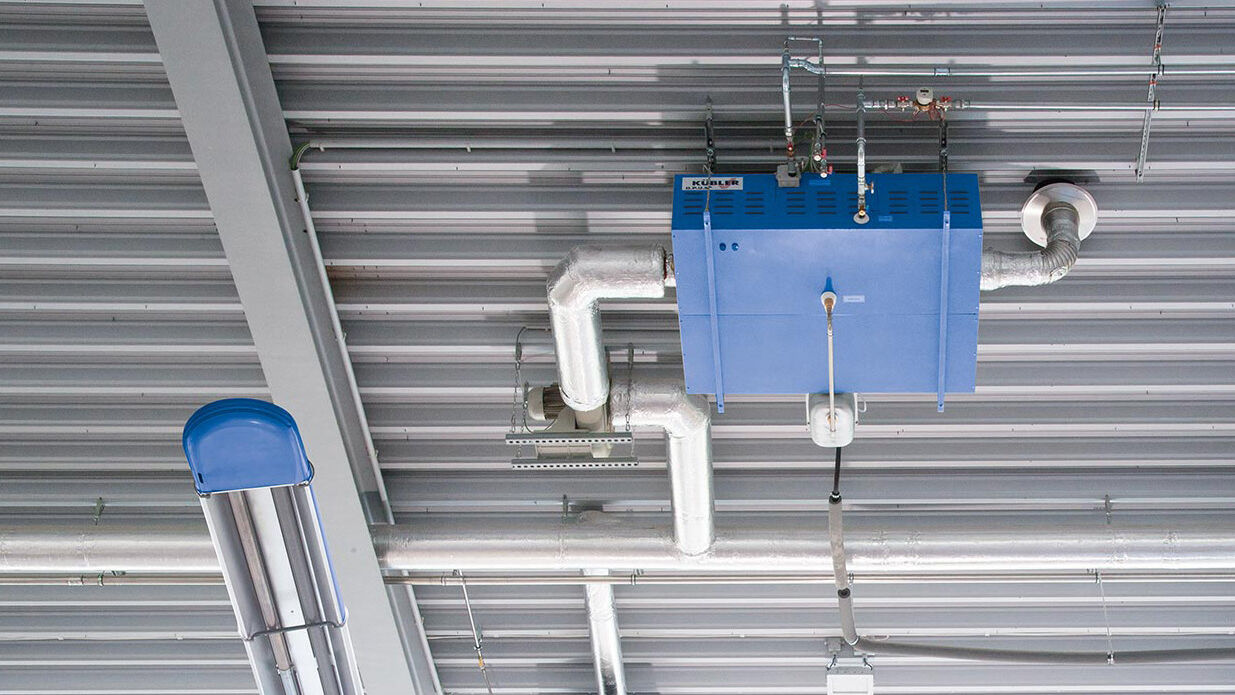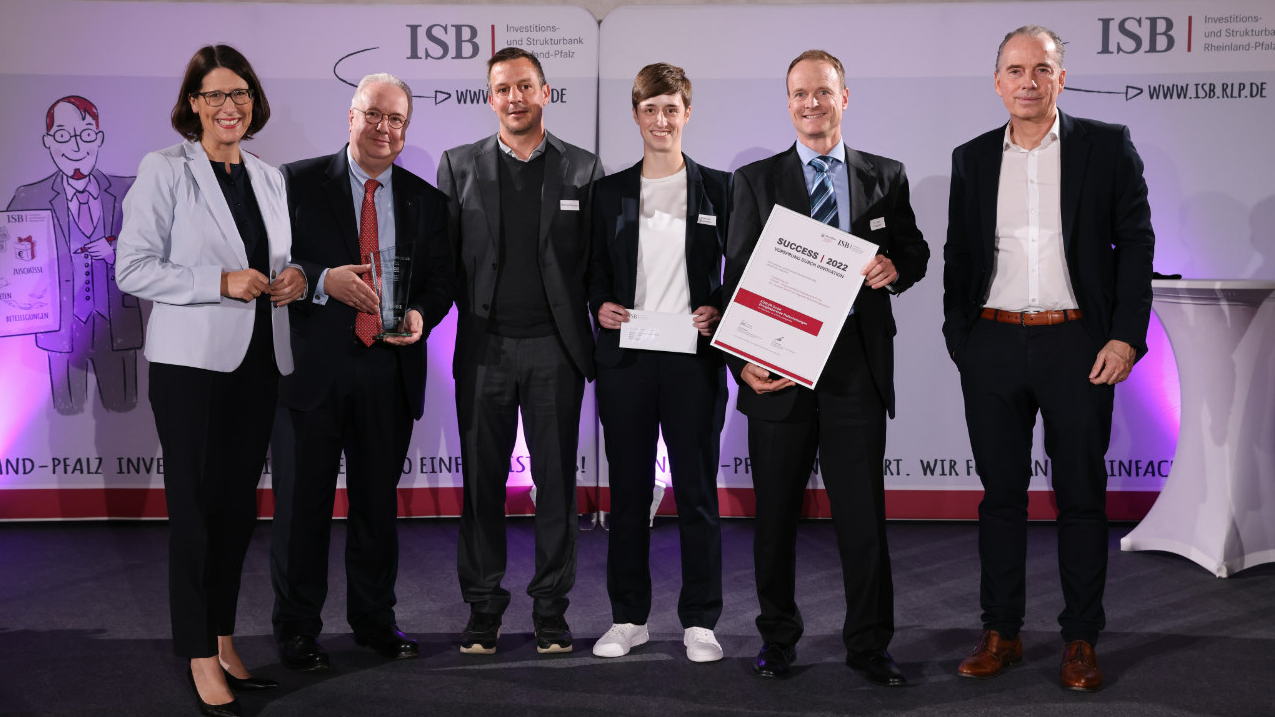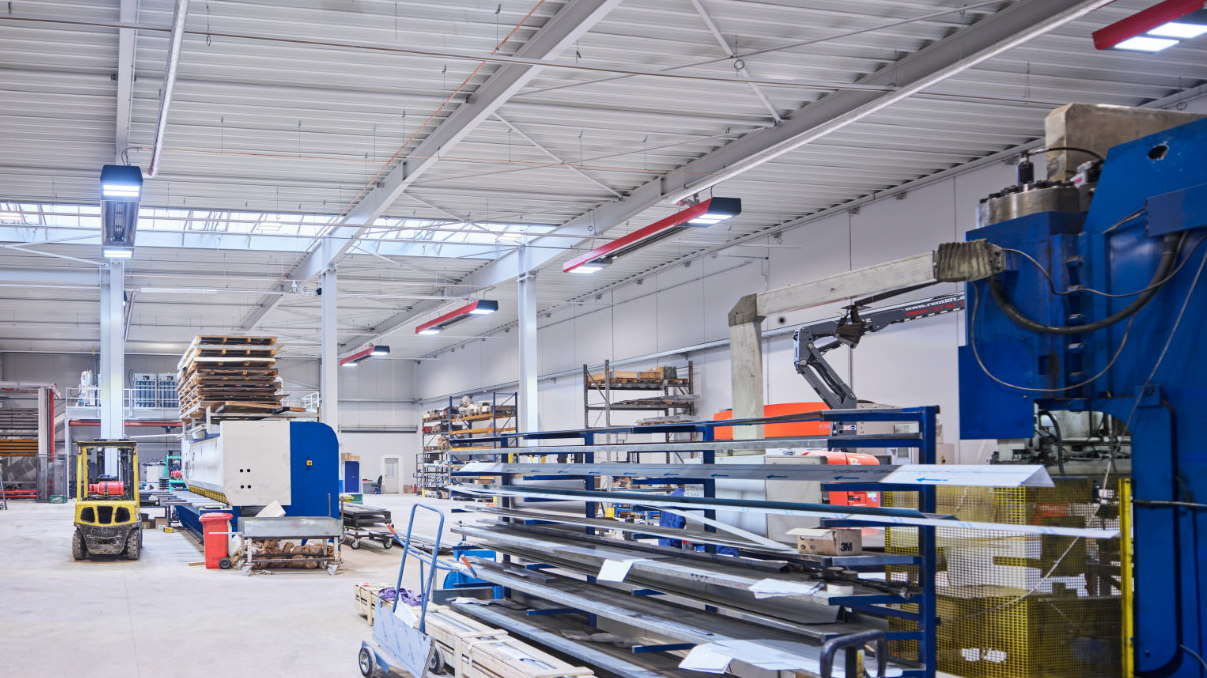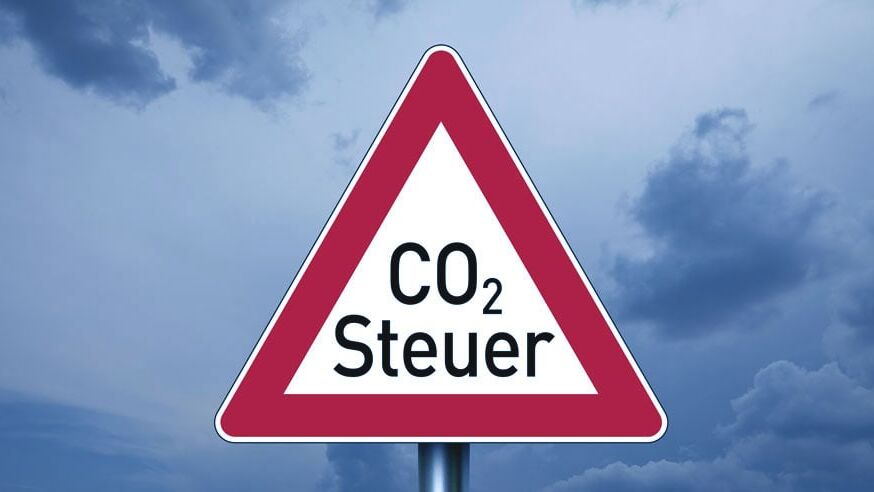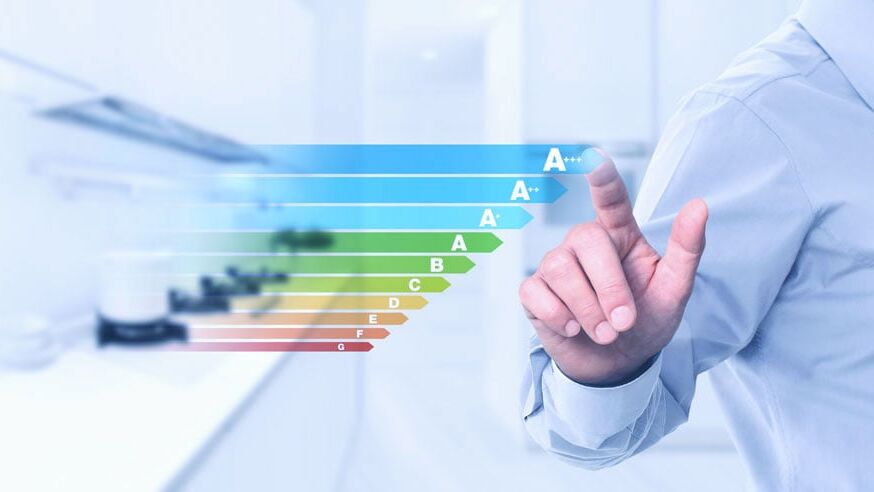We live in a time of rapid change. Digitalisation is increasingly determining our everyday working lives. For companies that want to be successful and competitive in the future, there is no way around it. When we talk about Industry 4.0, this is exactly what we mean: Machines and industrial processes are intelligently networked and controlled by algorithms. Many industrial companies have already implemented this or are on their way. But while the main focus is on production processes, other areas, such as heat supply, are usually overlooked. Rightly so?
The fact is, that a digital heat supply can unleash great savings potential – especially in the industrial sector, where enormous amounts of energy, financial resources but also manpower are used for heating. Potential that could benefit companies and the environment: through significantly lower costs and measurably reduced emissions. At KÜBLER we call this digital progress “HEAT 4.0”. Let’s take a look at what digital industrial heating looks like in a moment. First, however, let’s clarify the question: What new technical possibilities does the digitalisation of heat supply – especially hall heating – bring?
Digital drives the heat supply at an optimal efficiency level
As a rule, heating systems in factories and warehouses are switched on at the beginning of the heating period and switched off again at the end. In between, very little usually happens. Between us: very few companies find the time to regularly check whether the heating time is too long, the heating temperature too high or the night setback not regulated at all. The same applies to hall heating as to cars: the way the car is driven determines the energy consumption. So the better adapted to the usage requirements, the more efficient the heating operation. Smart digital control systems can take care of this – they steer the heat supply through the winter with significantly less energy consumption, but at an optimal temperature level.
Intelligent tools manage the heating process and enable a completely new transparency
These digital controls permanently record data in real-time monitoring. This creates unprecedented transparency about the heating process. If you want to know which devices are active, how much energy they consume and when, whether the settings and efficiency values of your heat supply are still correct – now it is possible. In addition, the digital data is permanently analysed and documented and is available to you, for example, for your internal quality management or for ISO 50001 or 14001 audits.
Digital integration increases the availability of your heating system
The interplay of digitalised industrial heating systems and control systems thus offers completely new possibilities in heat supply. This also includes predictive maintenance. Long before your hall heating system possibly malfunctions, you can see what is happening in the burner at the control centre or on the monitor. You could have many interventions carried out directly online, without a service technician having to go on the way. This would not only save an enormous amount of time and distance, but also increase the availability of your heat supply – and thus the safety of your production processes.
Speaking of production: Imagine what would happen if the heating in production failed. Employee satisfaction and motivation will suffer – and in the worst case, production will come to a standstill for the time being. How about taking a completely new look at the heat supply from this perspective? Not as a “distant memory”, but as an important component of your machinery? This also makes sense from an economic point of view, because today the heat supply should be subject to the same cost-benefit consideration as any of your production machines. But back to the topic of Industry 4.0 and heat supply. Because in addition to the digitalisation of your industrial heating, this also includes networking.
Networked, new savings potentials can be exploited
Industrial heating systems are no longer isolated solutions. They are networked with other technologies and even network the various energy flows in the building. For example, residual heat can be used to generate hot water and use it in sanitary rooms or to support hydraulic office heating. Waste heat from the production process can be integrated into the systems just as much as energy from solar thermal energy and, and, and … Building management systems or various software tools can be integrated and monitor, for example, the opening times of hall doors. And all this is controlled across locations, regardless of the PC workstation.
Digitising the heat supply improves energy efficiency and reduces costs
However, the digitalisation of hall heating systems not only offers you completely new technical possibilities. It also helps you to identify and exploit potential savings in heat supply. The reduction of energy consumption through extremely efficient infrared heating technologies and optimised operation alone can result in savings in primary energy consumption of up to 70 percent. These are dimensions that pay off significantly in business terms in view of the high consumption in industrial companies – with annual cost savings of up to six figures, depending on the company, at relatively low investment costs. Incidentally, it is also interesting to know this: Legislation also rewards the high contribution to CO2 reduction and climate protection. In the Building Energy law, the heat supply with decentralised systems (such as gas infrared heaters) in new buildings with a room height of more than four metres is exempted from the obligation to use regenerative energies.
New and economically very interesting services are only made possible by digital heat supply
You should get to know a new – and perhaps the most interesting – aspect of digitalisation at this point: the heat supply can be rented. After all, the new, digital possibilities are particularly helpful when companies find themselves in the situation: Modern energy-saving heating technology? “Yes” – budget? “No”.
Many companies shy away from the investment and the associated depreciation expense. And that is understandable – especially in economically uncertain times. If the old heating system is still running halfway – why not save on the new investment? The digital age also offers a solution for this, which can be extremely interesting for companies: The digitalisation of heat supply enables completely flexible and very affordable rental concepts such as HeizWerk.
With this rental concept, we assume responsibility for the heating process. From the energy refurbishment to the operation. Via intelligent remote maintenance software, we have a permanent overview of the heating processes and efficiency of the system and control it at an optimal level according to the usage profile. The company itself only rents the heat – without the associated investment and depreciation requirements. At the end of the year, companies with such a rental solution therefore even have money “left over”. This is because the energy cost savings are usually higher than the rental amount. Tackling the digitalisation of the heat supply is therefore also worthwhile in financial terms – and makes this sustainable and economically sensible decision palatable for every company.
It is becoming clear: digitalisation is fundamentally changing the heat supply
It can support companies in mastering the greatest challenges in heating halls – always with an eye to the future. Digitised heating and software tools grant more process transparency, increase energy efficiency, increase availability and reduce heating costs at the same time. And in a time when flexibility is also playing an increasingly important role, digital solutions are indispensable anyway. Only with their help can rental concepts be offered that enable a heat supply without any capital expenditure.
Would you now like to exploit these possibilities in your company? Then please feel free to contact us! Together we will find a solution that fits your requirements exactly.
These articles might also interest you
Let's take the next step together
Every hall is different. With more than 30 years of company history, there is hardly a requirement that is unknown to us. Together with our customers, we have implemented the appropriate solutions. If you are ready to implement economically proven heating concepts for your hall, then you have come to the right place.




